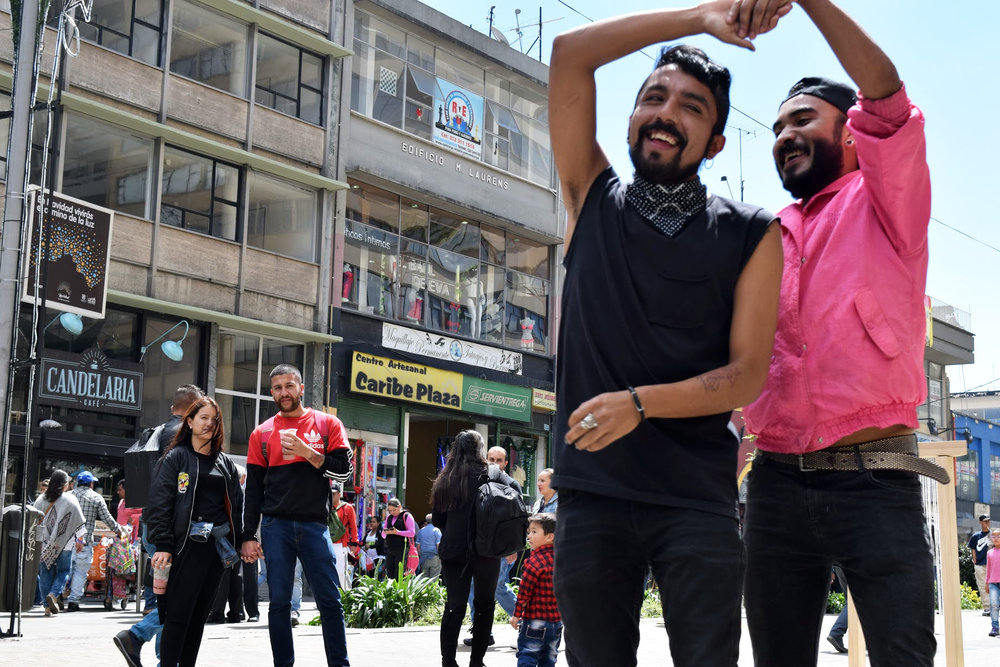
Camilo Villa is a community artist. Villa’s work is collaboration— facilitating public interventions, international collaborative projects, hosting dance events for queer communities of color at local venues, as well as teaching art, Spanish, and yoga throughout the Bay.
When I visited his studio, he was prepping an activity with Root Division studio partner and co-Latinx Teaching Artist Fellow, Greta Liz Anderson, for their class at the Mission Education Center later that day. Brightly colored laser-cut images and soft sculptures of couples dancing lined Villa’s studio, their jubilant smiles and direct eye-contact with us made it feel like there were more than three people in the room– surrounding us with a collective communal energy.
For the month of February, Villa’s ongoing work Baila Conmigo is on view at the Frank-Ratchye Studio Artist Project Space. Read more about his work and practice in our full interview below.
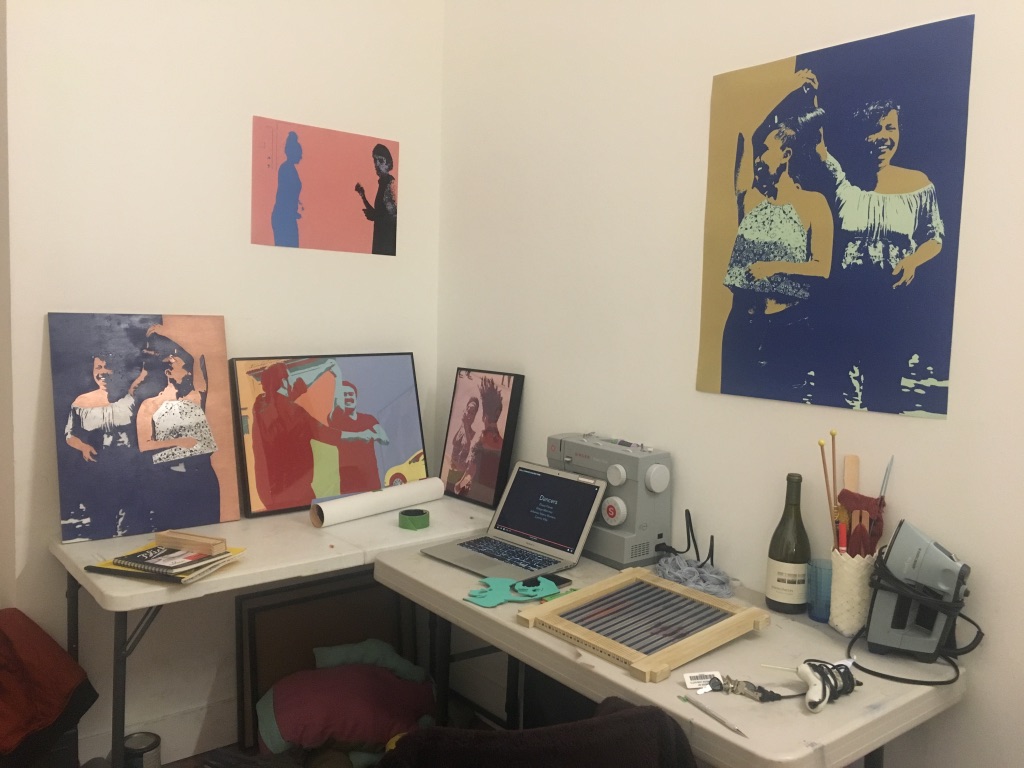
Sherwin Rio (Exhibitions Fellow): Camilo, let’s start with how you got involved with the arts.
Camilo Villa (Studio Artist): I’m from Bogotá, Colombia and I started making art and design in high school where I learned to do what I’m doing now through courses in photograph and 2D design. My work has been a process of going back to what I learned in high school— back to documentation, composition in images, but now with my own concept of dance. In my work, I merge digital techniques and craft.
I attended the California College of the Arts where I studied furniture design and woodworking and minoring in Social Action and Public Forms. I learned about writing grants for projects and began to work with my friend and textile artist, Misha Abbas, collaborating on a piece called Weaving Nature where we got a grant to develop a project with artisans in Colombia. This played a large role in shaping my artwork and got me interested in textiles and the natural dyeing process.
SR: It seems like collaboration is an essential part of your work?
CV: Yes, being at CCA, I learned to value collaboration more– learning that my work as an artist can be expanded so much and be more relevant in different contexts through the collaborative process, especially with people who are not artists.
Today as an example, I was talking with a lawyer who works in LGBTQ rights in Colombia because I organized this talk about sexual education and gender diversity. I think if artists can learn to collaborate with not only other artists, but with other people, their work can become so much more impactful. Because of collaboration, for my Baila Conmigo project we’re now doing a monthly event at the Port Bar in Oakland.
SR: Can you talk to me about Baila Conmigo and how community plays into your artistic practice?
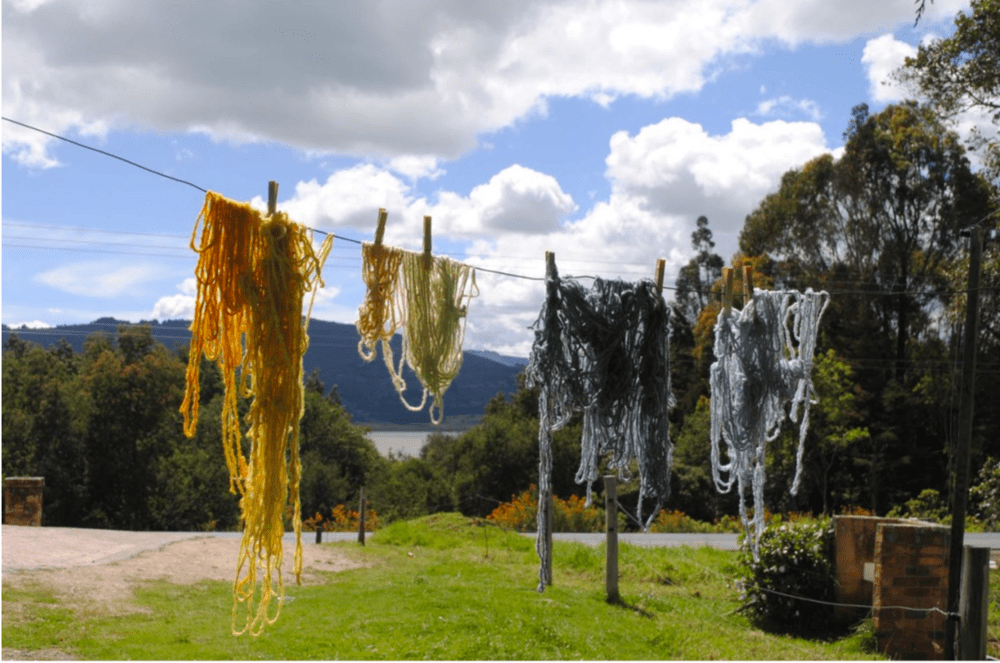
CV: The reason I started the Baila Conmigo project is because there is a lack of spaces for queer Latinx community in general. I feel like there are so many sub-communities and for me the dance community is very important— to be able to find a space where I can go and dance a very traditional dance I love – like salsa, merengue, cumbia— but those are still very heteronormative and heterosexual so the central idea is to break a little with that. I would love to dance with another guy but in many ways I don’t feel safe to do so.
There’s an importance of creating spaces for the queer community of color to feel safe and dance. I think another part is that SF especially is very centered around gay white men and I don’t feel identified with that community at all. So creating these spaces has been very healing for me and I hear this from the participants as well.
SR: How do you see the artist’s role within community?
CV: I like to think of the artist as a facilitator. I believe in facilitating, not only spaces of dance, but also facilitating public conversations. When I was in Colombia three weeks ago, I was supposed to give a performance in front of the Ministry of Education as a reaction to discrimination against LGBTQ students in the school system. There was a lot of concern in the LGBTQ community about my performance because it’s been demonstrated in the past that public events like this can be strategically used against us by politicians spreading fake news.
So we changed the location and I ended up facilitating a conversation about politics in education regarding LGBTQ students’ rights. Through this, I was able to meet one of the most important activists in Colombia, Alba Reyes— the mother of 16 year old Sergio Urrego who committed suicide in 2014 after he was discriminated by the directors of his school for having a boyfriend in school. This was a very emotional experience for me.
The event was beautiful because we had citizens from everywhere in the city participating and learning, becoming informed of what’s really going on and raising awareness.
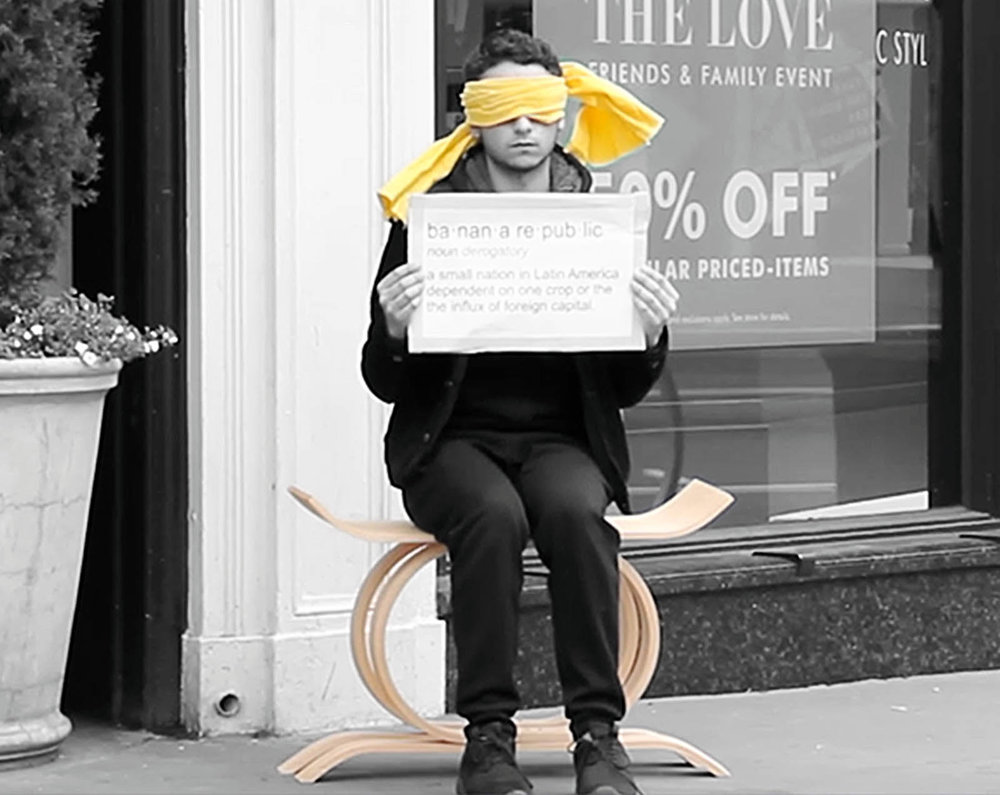
SR: You talked a little bit about furniture building at CCA and your design background, and I noticed that you often integrate your objects by way of benches or chairs into the public interventions and performances that you do. Can you talk to me about how you decided to weave those together?
CV: Well it’s changed. I’m not using furniture as much anymore. You know in my practice, the act of sitting in a public space was very important— just my body in a chair and being present as an artistic and political statement. But now, the most impactful thing is dancing and moving to the rhythm of music in a public space to celebrate life. I don’t think I need a chair anymore– The most powerful thing for me now is the dance and energy activated between people.
SR: What was the transition like post-graduation?
CV: After I graduated from CCA, I learned to appreciate my resources more. I missed the technology, the woodshop, and being in community, learning and having conversations with other artists on campus. I’m so lucky to have gotten this Latinx Teaching Artist Fellowship at Root Division right after graduating. It’s been amazing. Now, having a space to teach while also having a studio space has been really rewarding and I appreciate the resources that I have here even more.
SR: What classes do you teach?
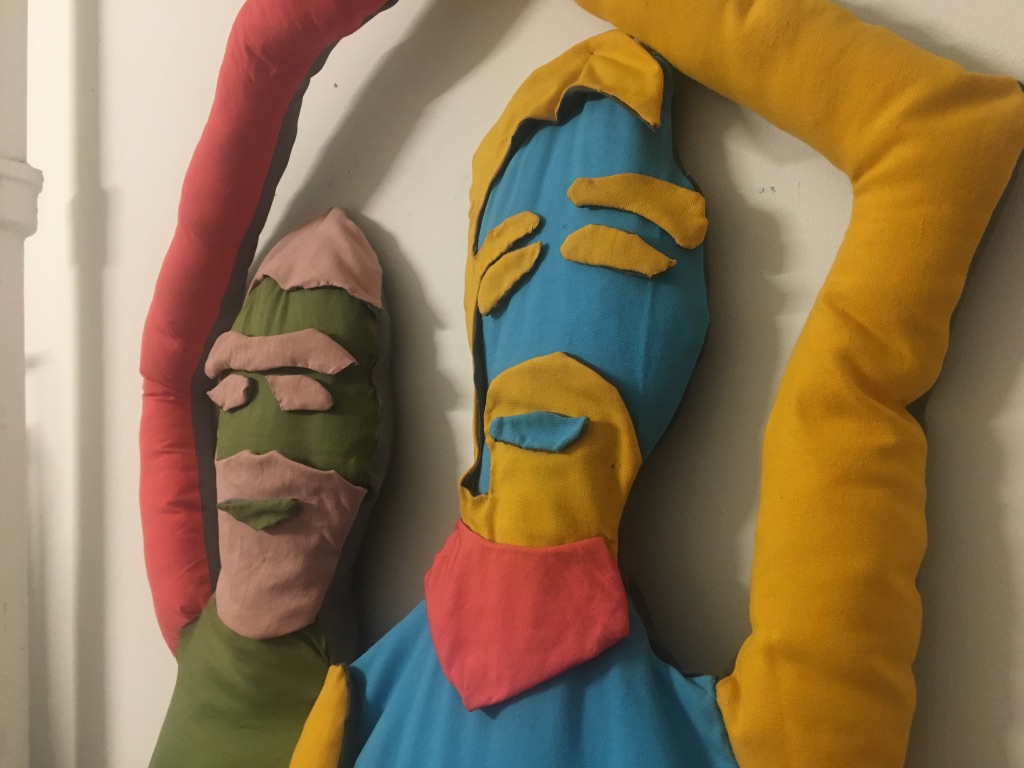
CV: So many! I’ve been co-teaching through Root Division at the Mission Education Center since September. This course is called My Two Homes, facilitating art projects where students talk about their transition from Latin America to here and my students are amazing. I also teach Spanish and yoga throughout the East Bay.
SR: For you does teaching play a particular role as an artist?
CV: They are totally connected. I started to see teaching as an art practice for me. I merge performance with visual art. I’m not a hierarchal teacher– I very much stand by Pedagogy of the Oppressed by Paulo Freire every time I teach. My students have the freedom to teach me things, so when 4 year olds have something to teach, I try to learn.
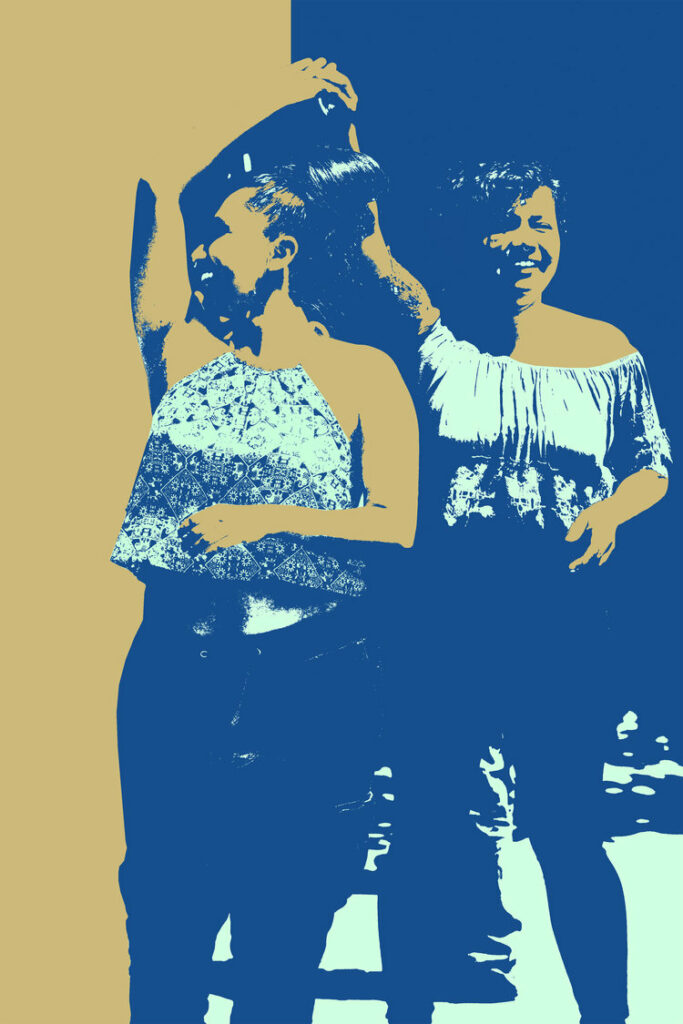
SR: Lastly, do you have any upcoming shows, projects, anything else you want to talk about?
CV: Our next Baila Conmigo dance party is the last Wednesday of February the 27th at the Port Bar in Oakland from 8pm-12am! Admission is $5-10 and the proceeds fundraise for another project I’m collaborating on with a Venezuelan journalist called This is Nos, a queer Latinx digital platform that gives visibility to artists and performers. So please come!
